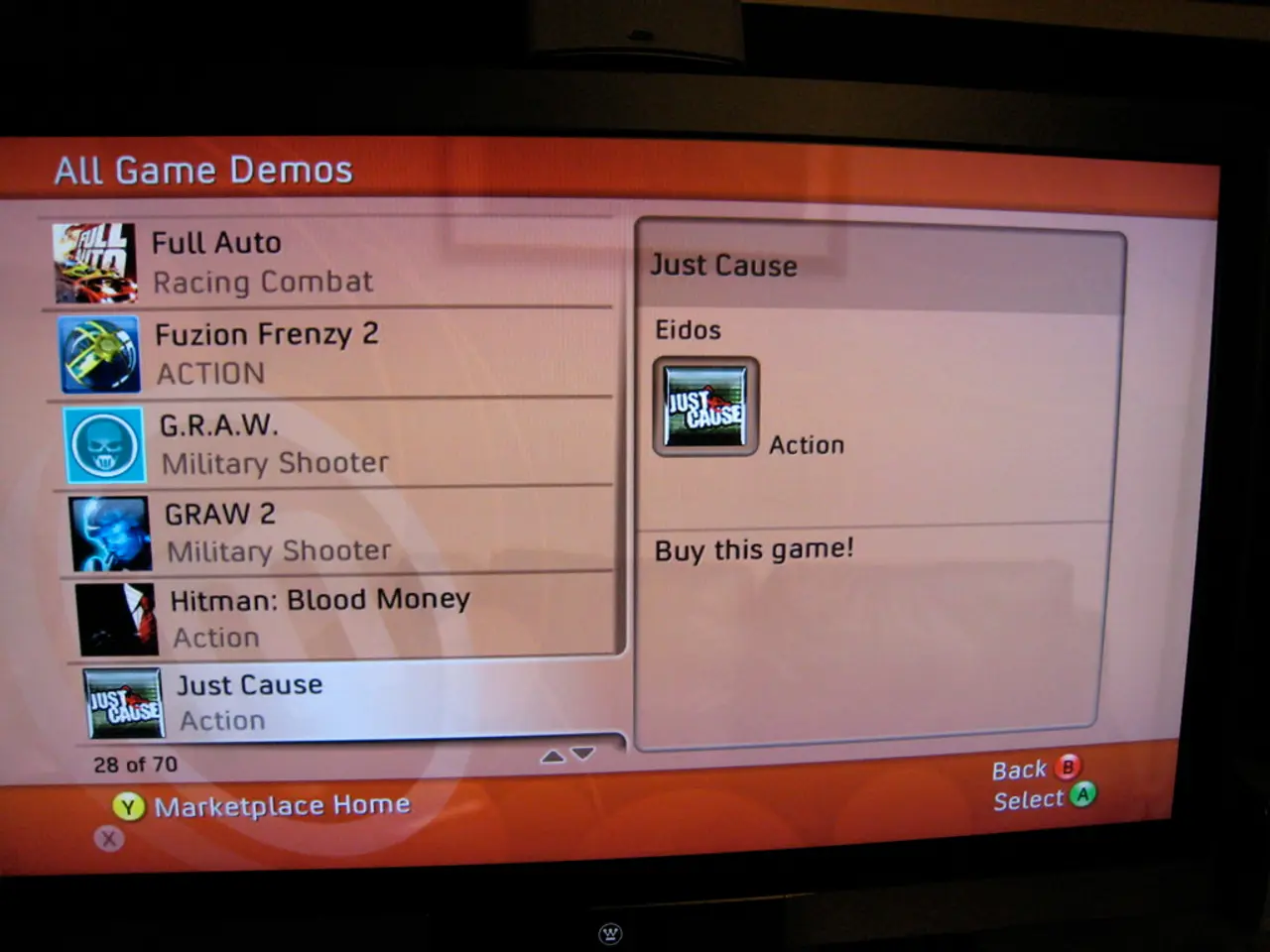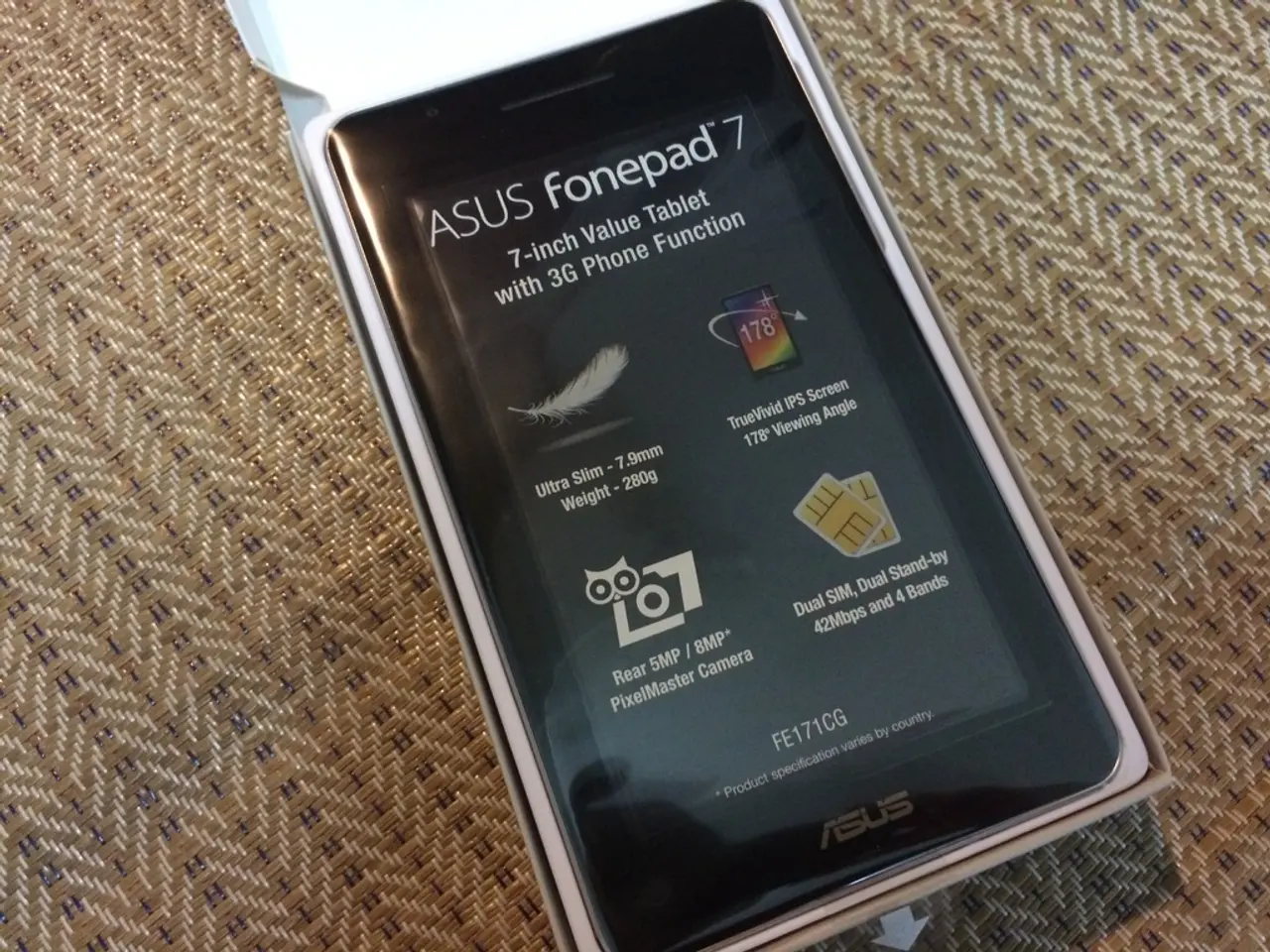Modular Breakout Boards: Essential Tools for SMD Prototyping
Sciotronics' latest project, Stamp, promises to revolutionize SMD prototyping with its modular set of template breakout boards. Designed to expedite and simplify the process, Stamp boards eliminate the need for breadboards, custom PCBs, and tangled jumper wires, making SMD prototyping faster, easier, and more affordable.
Frustrated by traditional SMD prototyping workflows, Sciotronics' team created the Stamp to address the inconveniences of using breadboards and multiple adapters, especially during design iterations or revisions, and the added delays and costs associated with ordering custom PCBs.
Stamp boards feature reusable, template designs with commonly used SMD footprints, enabling users to easily switch out or modify designs without starting from scratch. By placing the main component on the front and supporting components on the back, multiple complete circuits, such as buck converters, sensors, and microcontrollers, can fit on a single compact board, enhancing space-saving and simplifying assembly.
Custom castellated holes are another notable feature of Stamp boards, enabling side-by-side or right-angle edge connections, fostering a modular, adaptable approach to circuit building. Sciotronics plans to make the designs open source, encouraging others to build or adapt the boards for expanded community innovation. However, some PCB manufacturers may not have the facilities to make the special castellated edges available on certain Stamp boards.
Dave Jones from the EEVblog recently covered Stamp on a Mailbag video, highlighting its potential to transform SMD prototyping processes. While several projects have promised to reinvent the breadboard, the simplicity of the Stamp approach sets it apart from previous attempts.
Stamp boards offer numerous advantages over traditional prototyping methods, such as reusability, cost-effectiveness, and ease of assembly. However, they have some notable limitations, including potential manufacturing constraints due to specialized features and limited footprint diversity compared to custom PCBs.
In summary, Stamp boards provide a streamlined, cost-effective, and modular approach to SMD prototyping, offering more than just a promising alternative to traditional methods. By addressing common issues faced during the prototyping process, the Stamp has the potential to accelerate innovation and make SMD prototyping more accessible to a wider audience. The project has already surpassed its Kickstarter goal and is on track to start shipping in September.
- The Stamp, designed by Sciotronics, is an open source DIY project that aims to revolutionize SMD prototyping, leveraging reusable, template breakout boards to expedite the process and reduce the need for custom PCBs, breadboards, and jumper wires.
- Gadget enthusiasts and creators can benefit from Stamp boards as they feature modular, adaptable designs with custom castellated holes, allowing multiple complete circuits like buck converters, sensors, and microcontrollers to fit on a single compact board.
- With the growing popularity of data-and-cloud-computing and the continuous evolution of technology, the Stamp project promises to make SMD prototyping faster, easier, and more affordable, potentially transforming SMD prototyping processes for a wider audience and fostering the creation of innovative gadgets and microcontroller-based projects.








